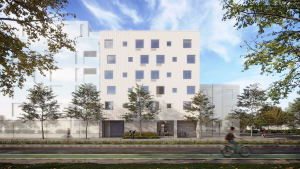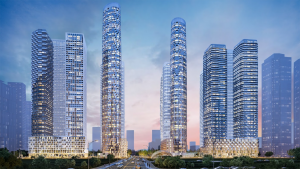OTTAWA — Statistics Canada has reported that growth in national residential building construction costs continued to abate in the second quarter of 2024, while non-residential building constructions costs accelerated slightly.
The national residential building construction costs increased 0.8 per cent in the second quarter of 2024, following a 1.0-per-cent increase in the previous quarter.
Non-residential building construction costs rose 1.1 per cent in the second quarter, following a 1.0-per-cent increase in the previous quarter.
The figures were contained in StatsCan’s report The Daily, issued July 30.
Year-over-year, construction costs for residential buildings in the 11-census metropolitan areas (CMA) composite rose 4.2 per cent in the second quarter, while non-residential building construction costs saw an increase of 4.3 per cent. Calgary (up 7.3 per cent) led year-over-year growth in construction costs for residential buildings, while Saskatoon (plus 7.0 per cent) led for non-residential buildings.
Skilled labour shortages and the resulting increases in labour rates, interest rate pressure and building code updates were all reported as key factors impacting the construction sector in the second quarter.
Residential building construction costs rose across all 11 CMAs measured. Calgary (1.8 per cent) and Saskatoon (1.7 per cent) experienced the largest quarterly increases. Toronto (0.2 per cent) experienced the smallest increase in residential construction costs throughout the quarter.
In the 11-CMA composite, the costs to build a single-detached home, a townhouse and a low-rise apartment building all recorded a 0.9-per-cent increase in the second quarter, while the cost to construct a highrise apartment (0.6 per cent) saw a slightly smaller increase.
The cost to construct non-residential buildings increased the most in Saskatoon (2.1 per cent) and Winnipeg (1.3 per cent) in the second quarter.
Of all non-residential buildings surveyed, the costs to build factories (1.2 per cent) and warehouses (1.2 per cent) saw the largest increases in the CMA composite in the second quarter, followed closely by transportation buildings (1.1 per cent) and offices (1.1 per cent).
Non-residential building construction costs increased across all divisions measured in the second quarter. Conveying equipment (1.6 per cent) and general requirements (1.5 per cent) reported the largest increases.











Recent Comments
comments for this post are closed